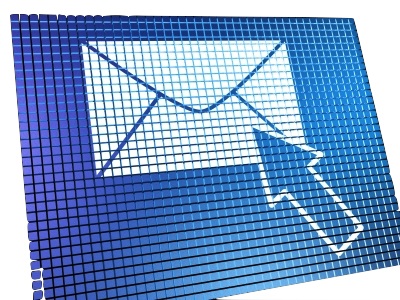5 points to effective emailing

Did you know that the average professional receives over 300 emails per week? When you consider this fact, it is not hard to imagine why many professionals report excessive feelings of stress and of being overwhelmed. Even more alarming is that almost half of all people who report receiving long-winded emails end up deleting or ignoring them!
In the past, we’ve provided you with insight into some of the best practices to help your email standout from the crowd and ultimately increase your chances of getting your email read. As a follow-up to one of our recommendations, Make your request specific, and keep it short and sweet, we wanted to offer additional insight.
Joseph McCormack, author of BRIEF: Making a Bigger Impact by Saying Less, offered the following 5 tips for effective email content:
- • B (Background): Provide a quick context—what prompted the email?
- • R (Reason): Explain why you’re speaking now—why should others pay attention?
- • I (Information): Provide 2-3 key nuggets of information you want to share. What are the key bullet points of the message?
- • E (End): Decide on what note you want to leave the email. In this case, you may want to end by communicating next steps.
- • F (Follow-up): For the sake of brevity, do not over-communicate within your email. Rather, it is good to consider the questions you anticipate others asking you in follow-up responses and to have answered prepared in advance.
For more information, check out BRIEF: Making a Bigger Impact by Saying Less.